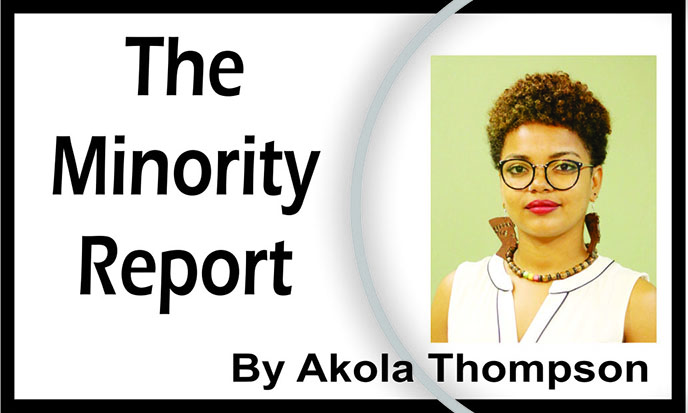Whenever conversations surrounding masculinity arise, one is often prompted to ask what is meant by it. Usually, the responses given indicate how deeply the concept of masculinity has been linked with toxic ideas about what it means to be a man. To date, the popular narrative surrounding manhood is one centred on domination, aggression, and strength. Anything outside of this is usually termed as being “soft” or “womanish” behaviour. There is a lot of harm that these toxic ideas cause, not only to women and girls, but also to men and boys.
Toxic masculinity has created an environment wherein men and boys are taught that sexual violence is not something that can happen to them. This is a major contributor to the often-unexplored violence that many of them face. From young, boys learn from their peers and the adults around them that sex is an act of conquest that they must take the lead in. The possibility of them being sexually assaulted does not fit into the narrative set for manhood, resulting in them facing significant internal shame as they believe that they should have been able to protect themselves. It does not help that the responses they receive from the public when they do come forward with their abuse is not encouraging. There have been many accounts wherein males have gone to the police to report crimes against them and they would be ridiculed. Many also tell stories of confiding in partners, only to have their experience used against them during times of conflict. Situations such as these signal to others that their experiences are not safe to share, resulting in many of them going through life burying their trauma.
Of course, trauma buried is not trauma that is healed; it merely manifests itself in different ways. While being abused is not necessarily a precursor to become abusive, if persons do not get the help and support that they need to work through their trauma, they can often project that on to others. We often wax poetic about the violent relationships that often end in death without contextualizing some of the contributors to them. Inability to communicate effectively and believing that conflict can only be solved through physical and/or manipulative control are all factors that maintain unstable and dysfunctional relationships.
The concept of sexuality is also one that causes significant stigma, shame and fear for those who have male-male experiences of sexual violence. Often, it is believed that males who are raped are homosexual; buying into the victim-blaming narrative that they must have wanted it if it happened. The gender of one’s abuser however, has no impact on the sexuality of anyone. Often, the sexuality of an abuser also has nothing to do with who they target as sexual assault is not necessarily about physical pleasure, but rather about power, and taking advantage of vulnerabilities that are seen. This is partially why a lot of abusers tend to target young children, as they are not only significantly easier targets than adults, but they are also easier to manipulate into protecting the abuser.
On the flip side of male-on-male sexual violence, there is also female-on-male sexual violence, an occurrence that is rarely framed as being abusive. Due to the predominantly penetrative feature of heterosexual sex, it is believed that if a man experiences an erection, then he is ready and willing to participate in sex. Erections however, are merely the body’s response to stimuli and not indicative of consent. Women can and do prey on and rape young boys and men, but given gendered beliefs that women cannot be abusers, this is rarely seen as possible. As a result, many young boys who are abused by women are taught to see this as being an accomplishment rather than the violation of trust and consent that it is.
There is a lot of work that needs to be done to not only highlight the abuse that men and boys face, but also in shifting the narrative that males are not vulnerable and do not need care and protection. Better supervision for young boys in the home, prioritizing of healthy conflict resolution, open communication about sex, sexuality and healthy relationships, and positive mentorship, are all things that can be emulated in the home to create a safer and more accepting environment for boys. It is through sustained actions such as these that we can begin to see a shift away from toxic masculinity ideals, towards healthier and more respectful representations of manhood.






